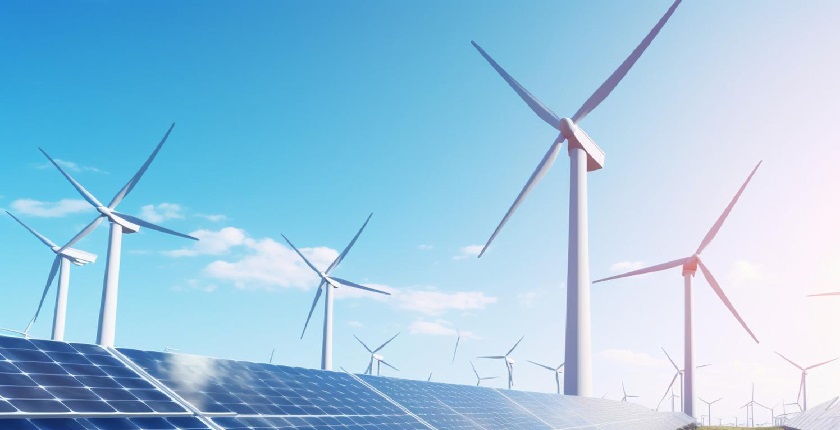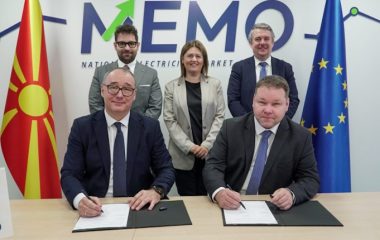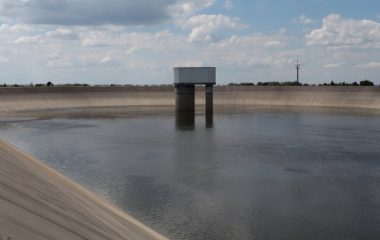
Photo: Freepik
Greece aims at a less costly and more realistic energy transition through its revised National Energy and Climate Plan (NECP).
The general outline of the updated NECP proposal for the following decades is as follows: only mature and proven technologies will be used, to keep costs as low as possible. It means that until 2030 the focus will be on the electrification of easy-to-abate sectors, such as light vehicles and buildings, as well as on boosting the share of renewable energy in power production.
Euro2day.gr learned from unnamed sources that the plan, expected to be issued for public consultation soon, drastically reduces expenses until 2030, from an initial EUR 200 billion to EUR 94 billion. Within the sum, EUR 65 billion would be directed for upgrading buildings, more efficient appliances and electric cars, the media outlet added. The rest is for supporting renewables and new natural gas plants.
After 2030, green hydrogen and alternative fuels would be introduced, while from 2040 onwards synthetic fuels would allow shipping and aviation to make the transition to net zero greenhouse gas emissions, according to the article.
Renewables seen at 76.8% by 2030
When it comes to NECP’s goals, renewables including hydroelectric plants are projected to reach 76.8% in power production by 2030, down from 80% under the previous version. Photovoltaics are expected to reach 13.5 GW, onshore wind 8.9 GW and offshore wind 1.9 GW.
The said numbers are similar to the ones in the initially proposed plan. Energy storage is set at 6 GW, of which 4.32 GW in battery systems and 1.74 GW in pumped hydroelectric units. Battery capacity is 1.2 GW higher than in the previous version of the NECP.
Natural gas will continue to play an important role as a transitional fuel. Installed capacity is expected to increase by around 800 MW to 7.8 GW by 2030 to help balance the system. To make investments in the segment commercially viable, a capacity mechanism would be introduced after consultations with the European Commission.
When it comes to buildings, 409.000 house upgrades are scheduled for this decade. In electric cars, the focus will be on the charging network, since their prices are continuing to drop and are approaching conventional vehicles.
Overall, a 58.6% reduction of the country’s CO2 emissions is targeted from the 1990 level. It compares to the European Union’s goal of 55%.





















Be the first one to comment on this article.